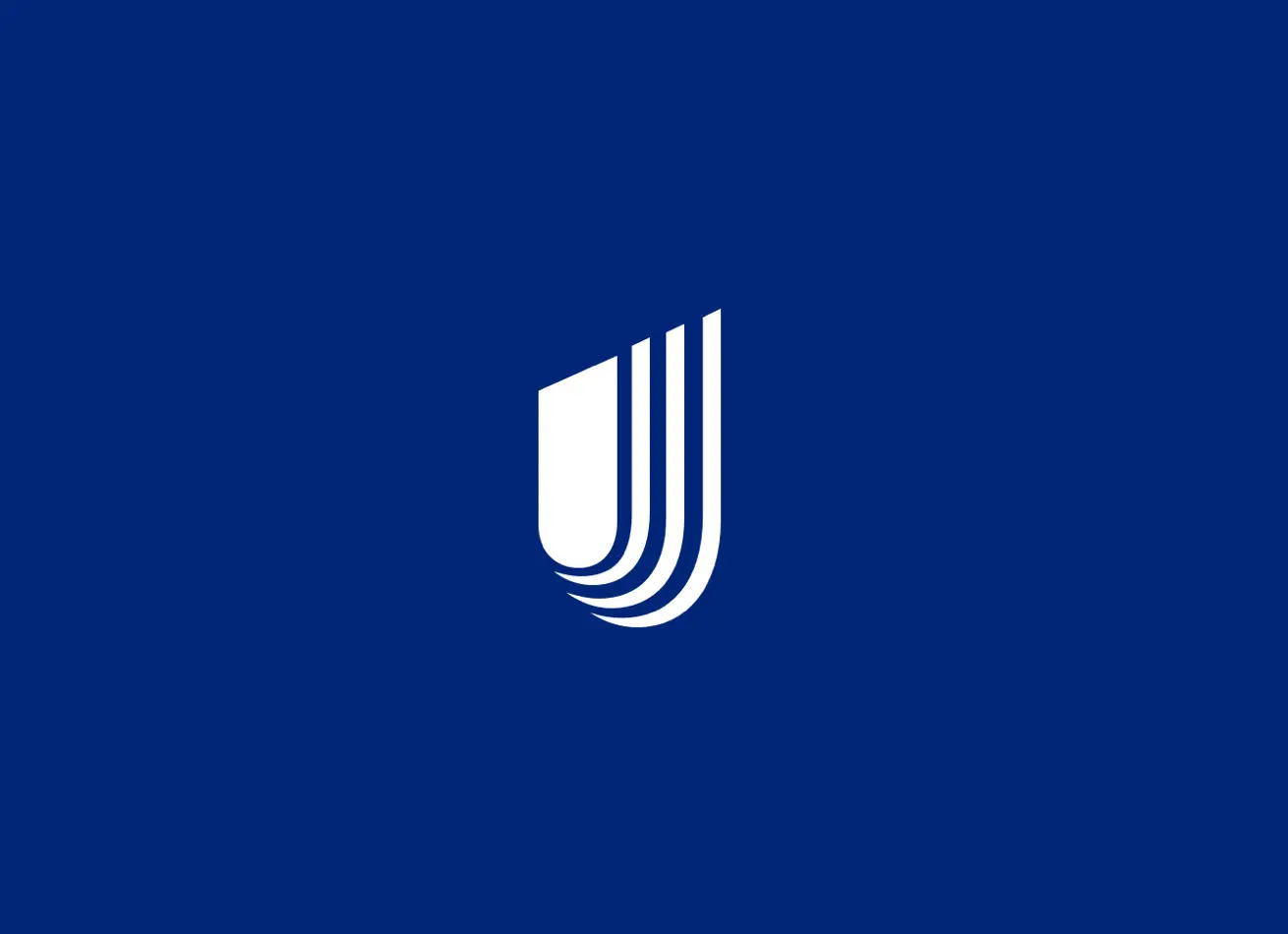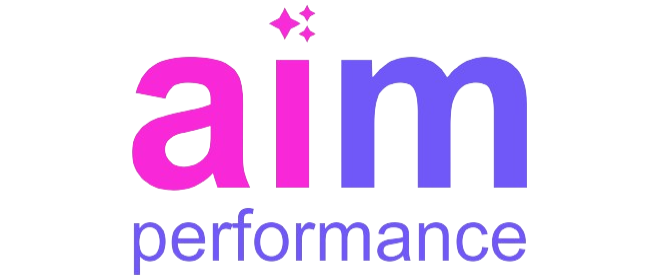Performance management is a critical component of organizational success, encompassing the evaluation and development of employee performance across various roles and industries. One effective tool in this domain is the 9-box grid. This blog explores how the 9-box grid in performance management can be useful for white-collar, grey-collar, and blue-collar workforce, providing a comprehensive understanding of its applications and benefits.
Understanding the 9-Box Grid
The 9-box grid is a talent management tool that categorizes employees based on their performance and potential. This matrix features nine cells, each representing a different combination of performance and potential, ranging from low to high. Companies use this grid to identify high performers, future leaders, and areas needing development.
How the 9-Box Grid Works
The 9-box grid plots employees on two axes: performance and potential. Performance is typically assessed through performance reviews and key performance indicators (KPIs), while potential is evaluated based on leadership qualities, learning agility, and overall capability to grow within the organization.
For example, employees in the top-right box (high performance, high potential) are considered future leaders, while those in the bottom-left box (low performance, low potential) may require intervention or reassignment.
Benefits for White-Collar Workforce
Identifying Future Leaders
In a white-collar environment, this tool helps in identifying employees with high potential for leadership roles. By evaluating performance and potential, organizations can create targeted development plans to groom these individuals for future leadership positions.
Enhancing Employee Development
The 9-box grid facilitates customized development plans. For instance, an employee with high performance but moderate potential might benefit from training programs to enhance their leadership skills, thereby preparing them for higher responsibilities.
Advantages for Grey-Collar Workforce
Tailoring Training Programs
Grey-collar workforce, who perform both manual and administrative tasks, can greatly benefit from the grid. This tool helps in identifying specific skill gaps and training needs, enabling organizations to design tailored training programs that address these gaps effectively.
Promoting Skill Diversity
The grid encourages the development of diverse skill sets among grey-collar workforce. By identifying employees with high potential in various areas, companies can promote cross-training and skill diversification, which enhances overall workforce flexibility and productivity.
Impact on Blue-Collar Workforce
Recognizing Hidden Talent
In blue-collar roles, it is often challenging to identify high-potential employees due to the focus on manual labor. The 9-box grid helps in recognizing hidden talent by evaluating performance and potential, ensuring that deserving employees receive opportunities for advancement.
Improving Retention Rates
Blue-collar workforces are more likely to stay with a company that recognizes and rewards their potential. By using this tool, organizations can implement fair and transparent evaluation processes, leading to improved retention rates and reduced turnover.
Integrating the 9-Box Grid with Performance Reviews
Creating a Holistic Evaluation System
Integrating the grid with regular performance reviews creates a holistic evaluation system. This integration ensures that performance appraisals are not just about past achievements but also consider future potential, providing a comprehensive view of each employee’s capabilities.
Enhancing Objectivity
The 9-box grid adds an element of objectivity to performance reviews. By clearly defining criteria for performance and potential, managers can make unbiased decisions, reducing the risk of favoritism and ensuring a fair assessment process.
Leveraging Data for Strategic Decisions
Data-Driven Insights
The 9-box grid generates valuable data that can be used for strategic decision-making. Organizations can analyze trends and patterns within the grid to identify strengths and weaknesses in their workforce, enabling data-driven talent management strategies.
Workforce Planning
By understanding the distribution of employees within the grid, companies can make informed decisions about workforce planning. For instance, identifying a shortage of high-potential employees might prompt a review of recruitment and development practices to ensure a steady pipeline of future leaders.
Challenges and Solutions in Implementing the 9-Box Grid
Overcoming Resistance
Implementing the 9-box grid may encounter resistance from employees and managers accustomed to traditional performance reviews. To overcome this, organizations should provide comprehensive training on the benefits and usage of the grid, ensuring buy-in from all stakeholders.
Ensuring Consistency
Consistency in evaluations is crucial for the effectiveness of this tool. Organizations should establish clear guidelines and criteria for assessing performance and potential, and regularly calibrate the grid to maintain consistency across departments and teams.
Future Trends in Performance Management
Integration with Technology
The future of performance management lies in the integration of tools like the 9-box grid with advanced technologies. Artificial intelligence and machine learning can enhance the accuracy of evaluations, providing deeper insights into employee performance and potential.
Continuous Improvement
As organizations evolve, so too must their performance management practices. Continuous improvement of the grid, through regular feedback and updates, ensures that it remains a relevant and effective tool for managing a diverse workforce.
Conclusion
The 9-box grid in performance management is a powerful tool that can significantly enhance the evaluation and development of workforces across white-collar, grey-collar, and blue-collar roles. By identifying high performers and future leaders, tailoring training programs, and leveraging data for strategic decisions, organizations can create a motivated and high-performing workforce. The key to success lies in consistent implementation, overcoming resistance, and continuously improving the grid to meet evolving business needs.











